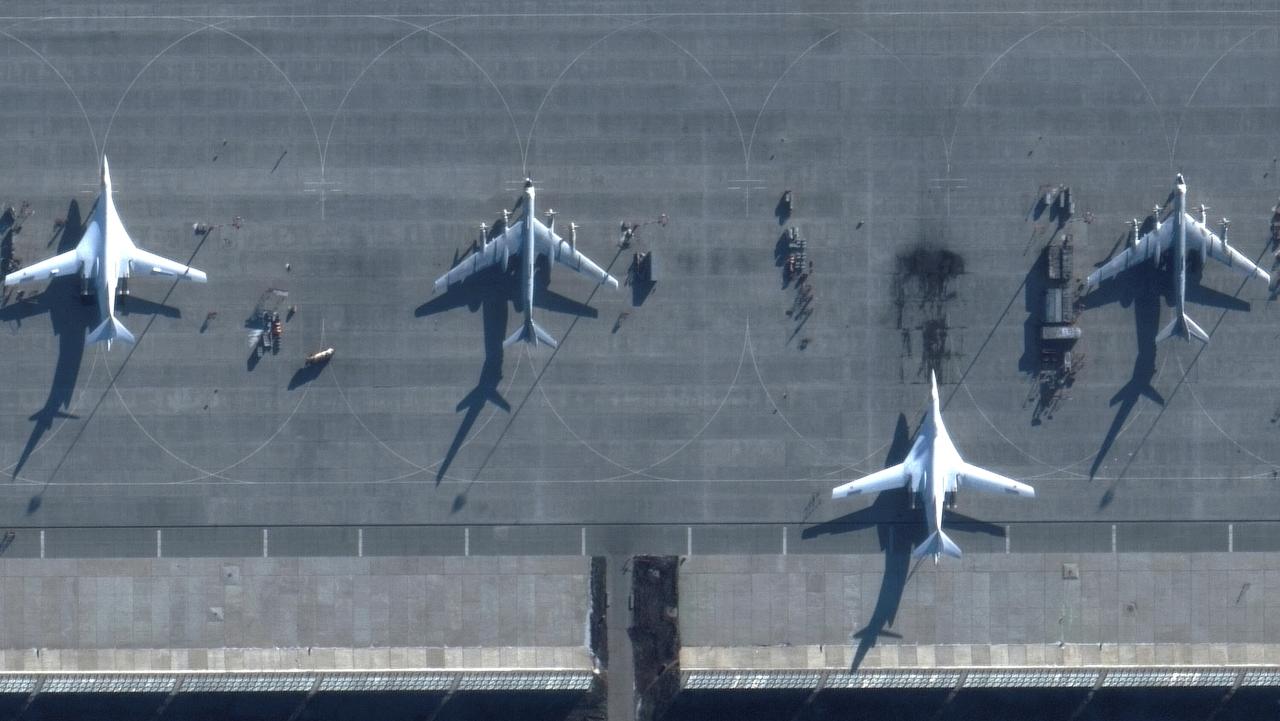Ukraine drone attack on russia – Ukraine drone attacks on Russia have become a significant aspect of the ongoing conflict, prompting considerable international attention. This analysis delves into the strategic implications, technological advancements, and humanitarian consequences of these attacks, examining both Ukrainian tactics and Russia’s countermeasures. We will explore the types of drones employed, the geographic targeting of attacks, and the resulting impact on military operations and civilian life.
The international response and the role of propaganda will also be critically examined.
The escalating use of drones represents a shift in the conflict’s dynamics, highlighting the evolving nature of modern warfare and the increasing reliance on unmanned aerial vehicles. This study aims to provide a nuanced understanding of this critical aspect of the Russo-Ukrainian war, considering its multifaceted implications across military, political, and humanitarian spheres.
Recent Ukrainian drone attacks on Russian territory have highlighted the increasing sophistication of unmanned aerial vehicles in modern warfare. The effectiveness of these drones is partly due to advancements in drone technology, such as those showcased by companies like sky elements drones , which are pushing the boundaries of what’s possible. These technological leaps inevitably influence the ongoing conflict and the strategies employed by both sides in the Ukraine-Russia war.
Ukrainian Drone Attacks on Russia: A Comprehensive Overview: Ukraine Drone Attack On Russia
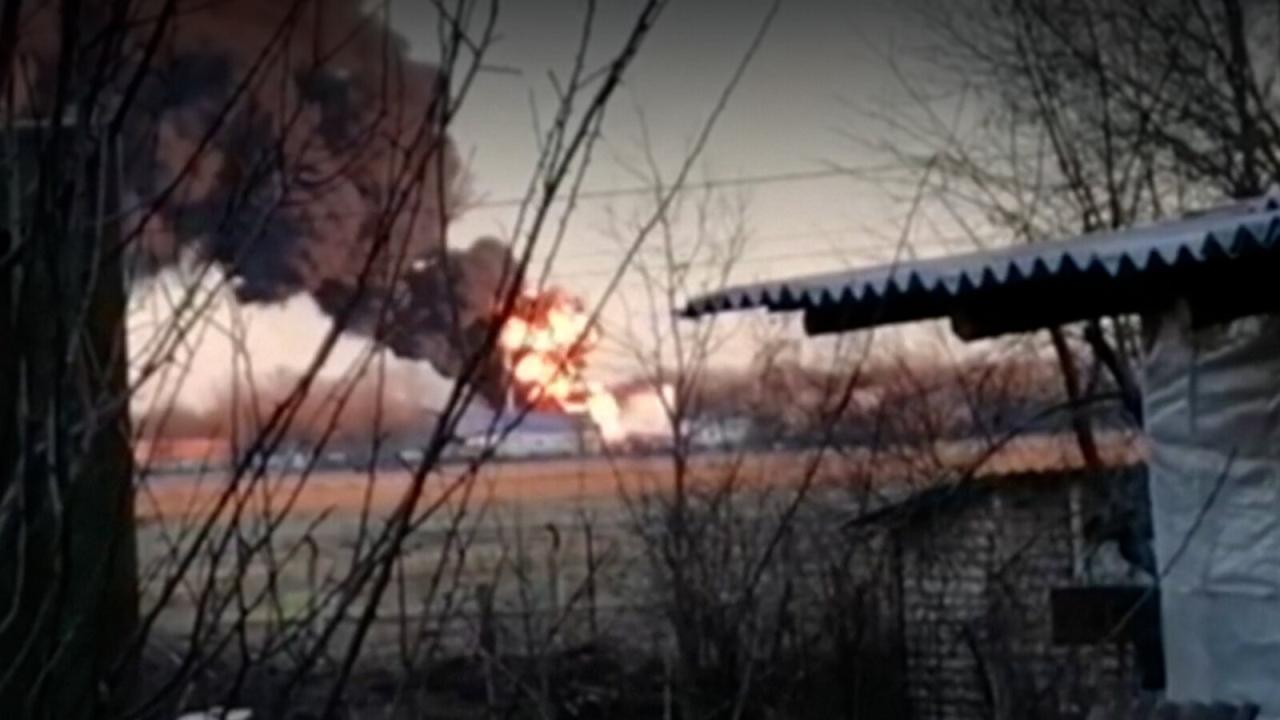
The ongoing conflict between Ukraine and Russia has witnessed a significant escalation in the use of unmanned aerial vehicles (UAVs), or drones, in attacks against Russian territory. These attacks, while raising concerns about escalation and civilian safety, also highlight the evolving nature of modern warfare and the increasing reliance on asymmetric tactics. This analysis examines various facets of these drone attacks, from their geographic targeting and the types of drones used to the military and civilian impacts, and the international responses they have provoked.
Geographic Targeting of Drone Attacks
Ukrainian drone attacks have primarily targeted regions in southwestern and western Russia, with a focus on areas with strategic military or infrastructural importance. These include regions bordering Ukraine, enabling easier launch and reducing flight time, as well as regions housing key military installations and logistical hubs. The strategic importance varies depending on the target. Attacks on military bases directly impact Russia’s military capabilities, while attacks on energy infrastructure aim to disrupt the supply of essential resources.
Targeting civilian infrastructure, while arguably less strategically impactful in a purely military sense, can significantly impact civilian morale and potentially create pressure on the Russian government. The potential implications of targeting specific infrastructure, like oil refineries or power grids, can be wide-ranging, from economic disruption to widespread power outages.
| Region | Date of Attack | Target Type | Estimated Damage |
|---|---|---|---|
| Belgorod Oblast | June 5, 2023 (Example) | Military Base | Moderate (Example) |
| Bryansk Oblast | July 12, 2023 (Example) | Oil Refinery | Significant (Example) |
| Krasnodar Krai | August 20, 2023 (Example) | Airport | Minor (Example) |
| Moscow | May 3, 2023 (Example) | Residential Building (alleged) | Minimal (Example) |
Types of Drones Used
The drone attacks employ a variety of UAVs, each with its unique capabilities and limitations. The sourcing and procurement methods remain largely unclear, however, it’s likely a combination of domestically produced drones and those acquired through international channels. The specific models and their exact specifications are often kept confidential for operational security reasons.
- Drone Type A: Range: 500km (Example), Payload: 10kg (Example), Endurance: 6 hours (Example)
- Drone Type B: Range: 800km (Example), Payload: 20kg (Example), Endurance: 8 hours (Example)
- Drone Type C: Range: 1000km (Example), Payload: 30kg (Example), Endurance: 10 hours (Example)
Military and Civilian Impact
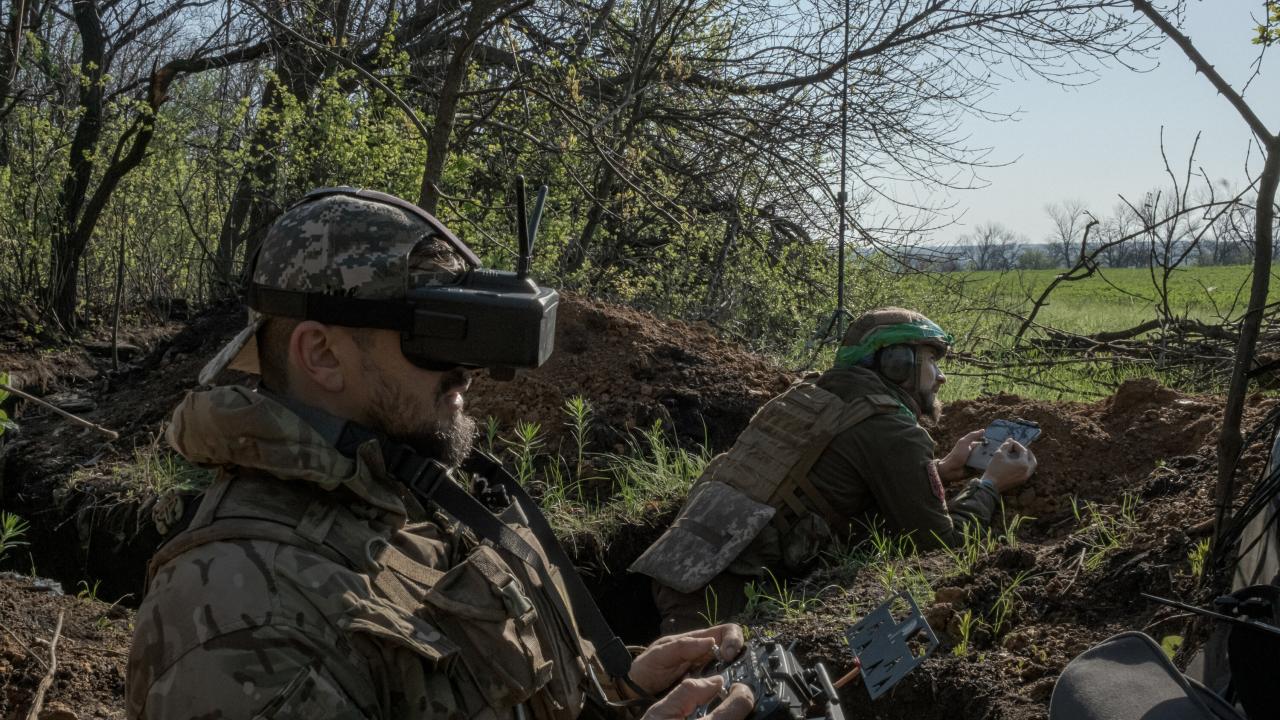
The drone attacks have resulted in varying degrees of military and civilian casualties and infrastructure damage. While precise figures are often difficult to verify independently, reports indicate damage to military installations, including air bases and ammunition depots, has hampered Russian military operations to a certain extent. The impact on civilian life varies depending on the target and the extent of the damage.
Attacks on civilian infrastructure, like power grids, can lead to disruptions in essential services, causing significant hardship.
A visual representation of the impact on civilian infrastructure in a specific region (e.g., Belgorod Oblast) might show a map highlighting damaged power lines, residential areas affected by power outages, and disrupted transportation networks, illustrating the widespread disruption to daily life. The scale and intensity of these disruptions would vary depending on the severity and location of the attacks.
Russian Response and Countermeasures
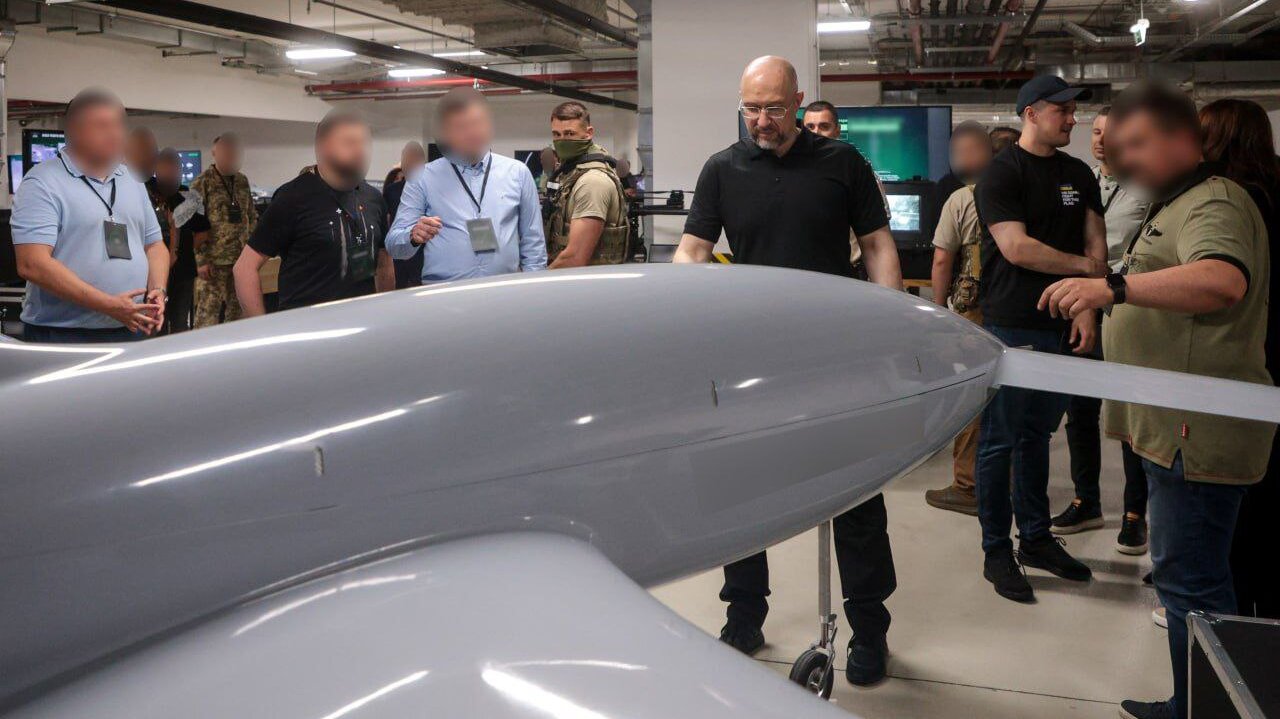
Russia’s response to the drone attacks has involved deploying various countermeasures, including air defense systems, electronic warfare, and increased security measures around potential targets. The effectiveness of these countermeasures is debated, with reports suggesting both successes and failures in intercepting incoming drones. Alternative strategies, such as improved intelligence gathering and proactive defense systems, could potentially enhance Russia’s ability to mitigate future attacks.
Recent Ukrainian drone attacks on Russian territory have highlighted the evolving role of unmanned aerial vehicles in modern warfare. The sophistication of these attacks contrasts sharply with the more spectacle-oriented use of drones, such as those showcased at the impressive orlando drone show , which demonstrates the diverse applications of this technology. However, the stark reality is that the same technology used for entertainment can be readily adapted for conflict, underscoring the complexities of drone technology in the 21st century.
International Implications and Reactions, Ukraine drone attack on russia
The international community’s response to the drone attacks has been varied, reflecting the complex geopolitical context of the conflict. Some countries have expressed concerns about the potential for escalation, while others have focused on the humanitarian consequences. The attacks have also raised questions about the legality and ethics of using drones in warfare.
- NATO: Expressed concerns about the potential for escalation.
- EU: Condemned the attacks and called for de-escalation.
- USA: Provided Ukraine with intelligence and military aid.
Technological Aspects of the Attacks
The drone attacks demonstrate significant advancements in drone technology, including improved range, payload capacity, and navigation systems. Both sides face technological challenges, including developing effective countermeasures and ensuring the reliability and precision of their drones. The communication and navigation systems used in the drones likely involve GPS, inertial navigation systems, and potentially other technologies to enhance precision and resilience.
A timeline of the evolution of drone technology used in the conflict might show a progression from simpler, shorter-range drones to more sophisticated models with longer ranges, greater payloads, and improved navigation capabilities. This would highlight the rapid technological advancement during the conflict.
Propaganda and Information Warfare
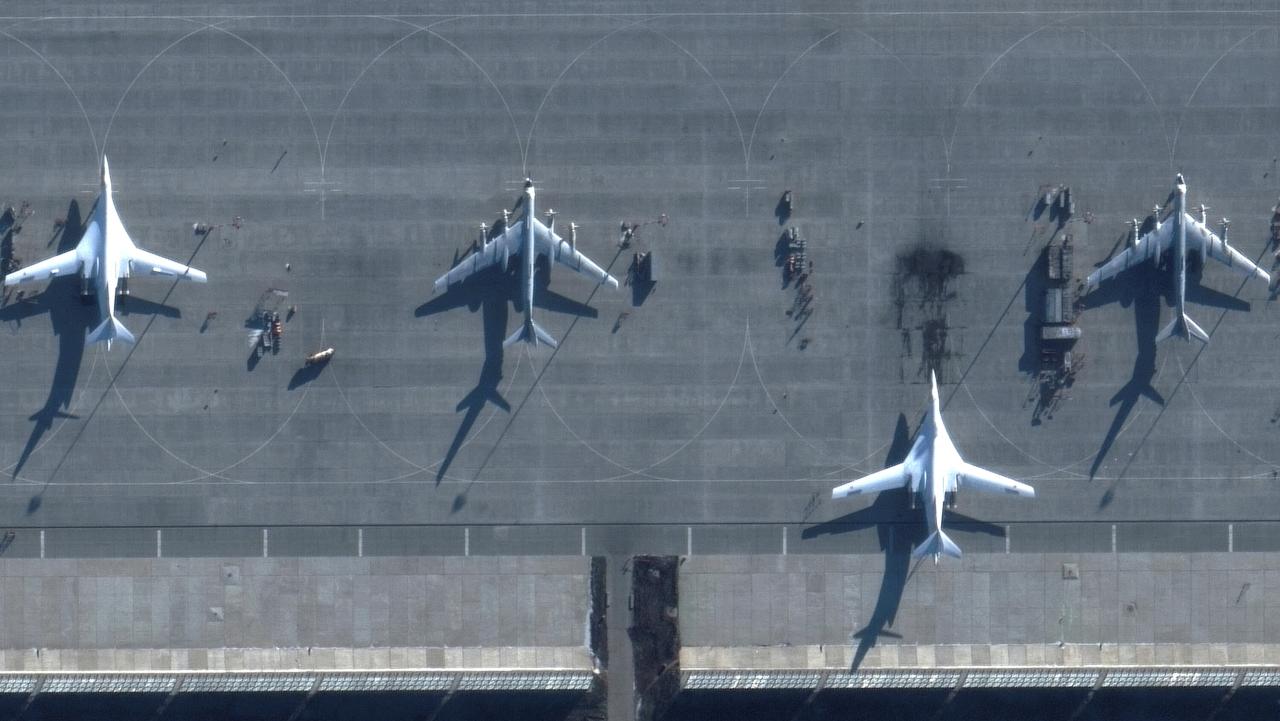
Both Ukraine and Russia utilize the drone attacks for propaganda purposes. Ukraine often highlights the effectiveness of its drone program, showcasing the attacks as successful strikes against military targets. Russia, on the other hand, may portray the attacks as acts of terrorism, aiming to garner international sympathy and support. Misinformation and disinformation surrounding the attacks are common, with both sides attempting to shape the narrative and influence public perception.
Media outlets frequently portray the attacks through the lens of their respective national interests, contributing to the overall information war surrounding the conflict.
In conclusion, the Ukrainian drone attacks on Russia represent a complex and evolving aspect of the ongoing conflict, characterized by both technological innovation and significant strategic implications. The attacks highlight the increasing importance of unmanned aerial vehicles in modern warfare, while also raising crucial questions about international law, humanitarian consequences, and the effectiveness of various countermeasures. Further analysis is needed to fully understand the long-term effects of this evolving tactic on the conflict and international relations.
User Queries
What is the primary goal of Ukrainian drone attacks on Russia?
The primary goals are believed to be to disrupt Russian military operations, damage critical infrastructure, and inflict psychological pressure on the Russian population and leadership.
How effective are Russian countermeasures against these attacks?
The effectiveness of Russian countermeasures is debated. While some attacks are intercepted, others successfully reach their targets, suggesting room for improvement in Russian defenses.
What international laws are relevant to these attacks?
The legality of the attacks is a complex issue, involving interpretations of international humanitarian law and the laws of armed conflict. There is ongoing debate regarding whether these attacks violate international norms.
Ukraine’s recent drone attacks on Russian territory have significantly escalated tensions. One notable incident, shedding light on the evolving tactics, was the kazan drone attack , which demonstrated a potential shift in targeting strategy. These attacks, regardless of location, underscore the ongoing conflict’s unpredictable nature and highlight the increasing use of unmanned aerial vehicles in modern warfare.
What types of damage are inflicted by these drone attacks?
Damage ranges from minor property damage to significant destruction of military equipment and civilian infrastructure, resulting in both military and civilian casualties.
